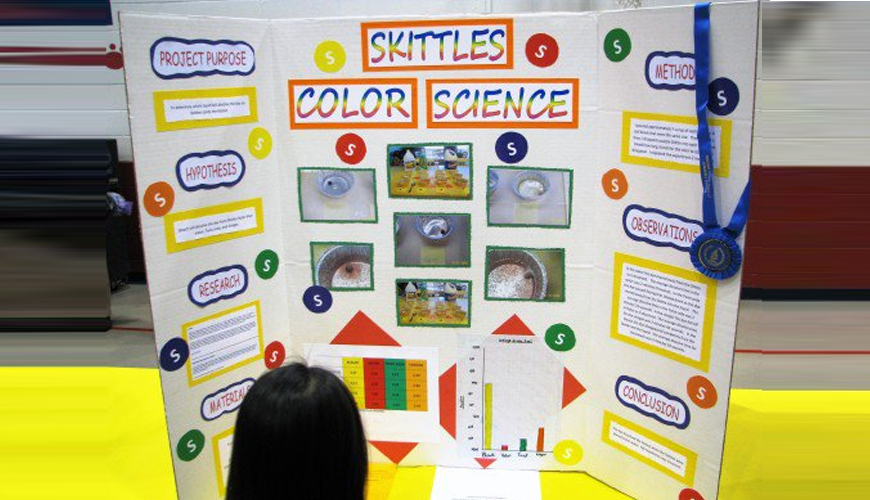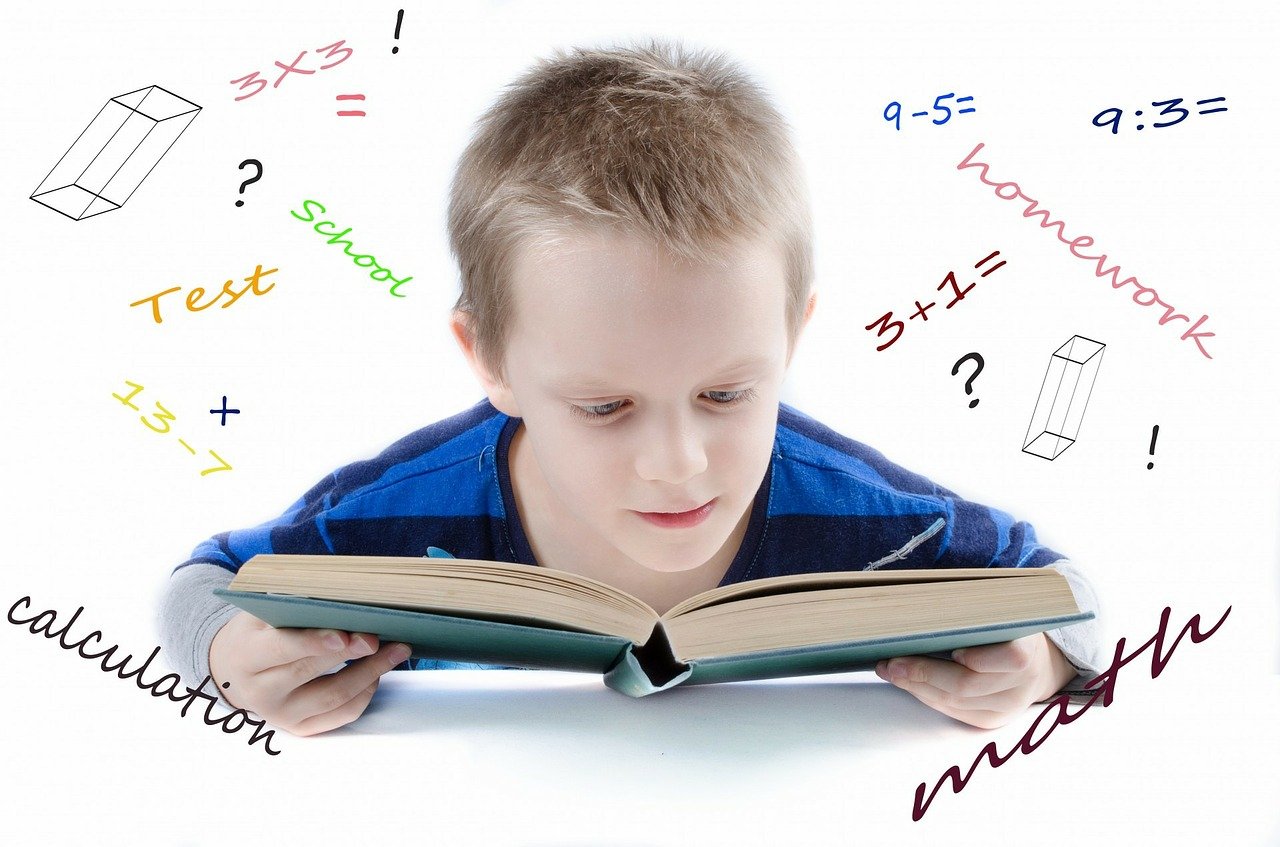STEAM stands for Science, Technology, Engineering, Art, and Mathematics. These activities and studies enhance rational thinking, visual-spatial skills, creativity, and problem-solving. STEAM art activities enhance and motivate young minds to explore behavioral skills.
DIY STEAM art activities for kids are a perfect way to teach them different skills. These worthwhile activities can be enjoyed by parents as well. The materials needed are cheap, and you can even use recycled materials.
If getting your kid’s attention to learn is a bit complicated, make use of art’s help. These are some of the STEAM activities that they can do at home. Read on to learn more.

Science: Solar System Mobile
This activity educates kids about the solar system. By the end of the activity, it is expected that they’ll be able to identify different planets. The materials needed are two printable coloring sheets on cardstock, crayons, scissors, thread, ribbon, paper puncher, and glue.
Print coloring sheets of planets and sun on white cardstock. Use crayons or color pencils to follow their designated colors. Cut around the sun and each planet. Leave a half-inch to the bottom of the other piece of the sun.
Glue two pieces of each planet side by side. The other copy of the sun must be glue on the bottom of the other half. Place the end of the thread that covers the length of the planet. Distance them to secure them.
Cut two pieces of cardstock that measure in 7 inches by 2 inches. Fold the two cardstocks. Cut half-inch facing up as well as facing down.
Final Steps
Punch four holes on the cardstock. Ensure that they have equal distance. Connect these two cardstocks in the middle. Now you have an X shaped hanging frame.
Attach the sun thread around the center point. Use tape to secure it. Loop each thread to hole to connect the planets. Begin threading Mercury, Venus, Earth, and Mars near the sun.
Follow the corresponding order, Jupiter, Saturn, Neptune, and Uranus in the outer holes. Connect two same lengths of laces across the frame. Tie it in outer holes. Tie a knot of ribbon in the center to hang the solar system.
Technology: Thaumatrope
This is a card with different pictures on different sides. It is in a circle figure that is usually twirled rapidly to create visual impressions. Materials needed are Thaumatrope template, tape, straw, color pencils.
Print out the Thaumatrope template. Use crayons or color pencils to heighten the detail of the illustration. Tape a straw to the back of the rocket ship piece.
Fold the other square to show each side of the pictures and attach it. Twirl the straw between your hands.
Engineering: Jelly Bean Structure
For this, you only need a toothpick and jellybean. Instruct the children to connect these two materials to produce various shapes. Join them together to build a structure.
Supervise the children in using a toothpick because it could slip and prick their hands. You could make a series of geometric shapes. Let them freely explore constructing a pyramid. Introduce them to counting vertices, planes.
Art: Making a Sock Puppet
Choose a knee sock. Select the color wisely. If you want to impersonate an animal, use their body’s color to match the animal persona.
Wear the sock over your arm. Push the fabric between your thumb and index finger. The space will be the mouth. Search a variety of eyes from craft shops. The eyes must fit the character.
Glue it and attach each eye on the sock. Add any additional features, such as hair. Decorate fancy things, such as glitters to heighten the detail.
Mathematics: Tangram

Tangram is a fun and challenging teaching aid for introducing shapes to children. It consists of two large triangles, one medium-sized triangle, two small triangles, one small-sized square, and one parallelogram.
Kids will learn to classify the different geometrical shapes. This activity will develop their visual-spatial skills, increase logical ability, and deepen your kids’ artistry.
The materials needed are a ruler, pencil, scissor, seven different colored papers or plain sheets, crayons, and markers.
Conclusion
These are the activities that foster creativity and logical thinking. If you are in search of worthwhile activities that you can teach your kids, consider STEAM activities.

































